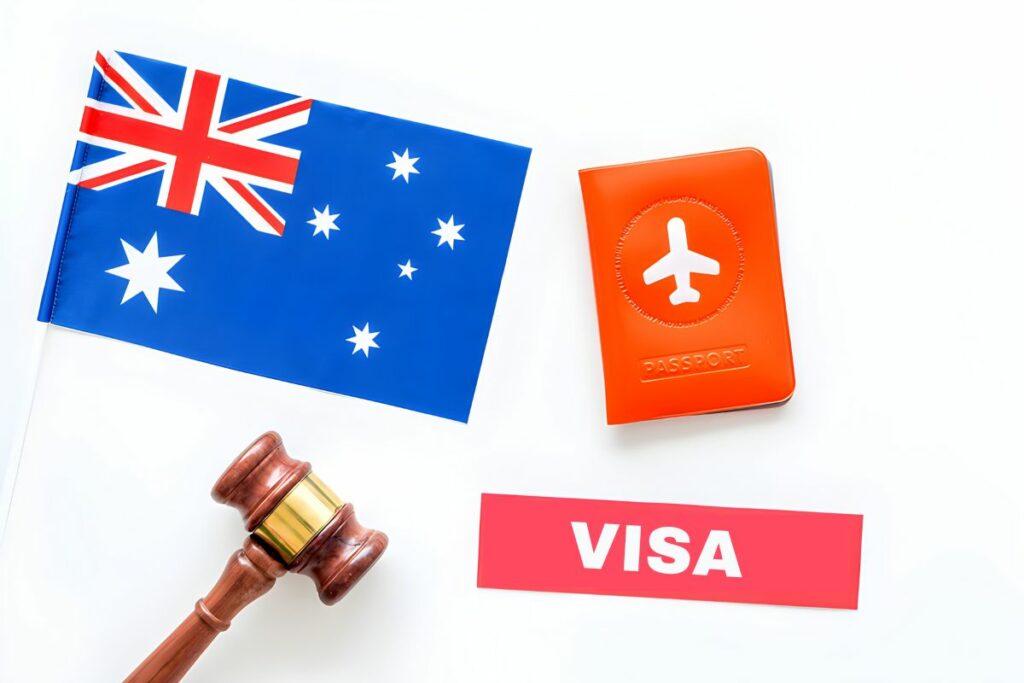Dreams of studying in the United States are common among global students including India, with a significant increase in the number of students heading to the US for higher education. However, the admission process can be challenging. One crucial decision is when to apply to American universities, which typically offer two major intakes: Fall and Spring.
Study in the US
Are you dreaming of pursuing your higher education in the United States? The prospect of studying in the US offers exciting opportunities and challenges.
This detailed guide will walk you through every aspect of the process, from Understanding the US Academic Calendar and Factors to Consider When Choosing Your Session, to How to Apply to US Universities, Student Visas and Other Visa-Related Information, and addressing your most pressing FAQs.
Your journey towards a US education begins here.
Understanding the US Academic Calendar
The American academic year is divided into two main semesters: the Fall semester and the Spring semester.
- The Fall semester typically commences in August or September and concludes in December, while the Spring semester generally starts in January and ends in May.
- The summer months, spanning from June through August, serve as a break period, with some universities offering optional summer sessions.
Fall Intake
The Fall intake is the most popular choice for international students, but it comes with unique considerations:
Application Deadline: Typically, application deadlines for Fall intake are set between November of the previous year and February of the session year.
High Competition: Due to its popularity, the Fall intake is highly competitive, necessitating early application and meeting admission requirements.
Scholarship Opportunities: Many universities offer scholarships primarily for the Fall intake, which can ease the financial burden.
Internship and Job Opportunities: Starting in the Fall aligns your academic schedule with the US job market, making it easier to explore internships and job opportunities.
Weather: Fall weather in the US varies by region, but it is generally pleasant for campus exploration and adaptation.
Orientation Programs: Universities typically provide comprehensive orientation programs for Fall intake students to acclimate them to the academic and cultural environment.
Spring Intake
The Spring intake is the second-largest choice among US institutes, offering its own advantages:
Application Deadline: Application deadlines for Spring intake typically fall between May and September of the previous year.
Less Competition: Spring intake is generally less competitive than Fall, making it suitable for those who missed Fall deadlines or need more preparation time.
Flexibility in Academic Schedule: Spring is an excellent option for students with academic commitments or responsibilities in their home countries during the Fall semester.
Internship and Research Opportunities: Spring students can explore opportunities in the spring and extend their stay for summer internships.
Weather: Spring in the US offers milder temperatures and blooming landscapes, providing an ideal start for your academic journey.
Cultural Integration: The smaller size of the Spring intake might offer an easier transition into campus life and better opportunities to connect with professors and peers.
Factors to Consider When Choosing Your Session
When deciding between Fall and Spring intake, consider these key factors:
- Academic Readiness: If you are academically prepared and eager to start as soon as possible, Fall intake might be the right choice.
- Application Deadlines: Assess your ability to meet application deadlines and fulfil admission requirements.
- Financial Aid: Explore scholarships and financial assistance options specific to each intake.
- Personal Commitments: Evaluate your personal commitments, such as ongoing service or family responsibilities, that may impact your starting date.
- Career Goals: Consider your long-term career goals and how they align with internship and job opportunities available in each intake.
- Cultural Adjustment: Reflect on your comfort level in adjusting to a new culture and environment, taking into account the size of the student community.
How to Apply to US Universities
The application process for US universities varies depending on the university. However, most universities require the following materials:
- Completed application form
- Official transcripts
- Standardized test scores (e.g., SAT or ACT)
- English language proficiency scores (e.g., TOEFL or IELTS)
- Letters of recommendation
- Personal statement
It is important to mention here that, some universities may also require additional materials, such as a portfolio or interview.
Student Visas and Other Visa-Related Information

To study in the United States, foreign students need to obtain an F-1 student visa. The F-1 visa allows students to pursue full-time academic coursework at a US institution accredited by the Student and Exchange Visitor Program (SEVP).
Eligibility Requirements for an F-1 Visa
To be eligible for an F-1 visa, foreign students must meet the following requirements:
- Be accepted to a SEVP-approved school in the United States.
- Demonstrate sufficient financial support to cover tuition, living expenses, and other costs during their studies in the US.
- Be proficient in English, as evidenced by a TOEFL or IELTS score or by completing an English language proficiency program at a US institution.
Application Process for an F-1 Visa
To apply for an F-1 visa, foreign students must:
- Complete the Form DS-160, Online Nonimmigrant Visa Application.
- Pay the visa application fee.
- Schedule a visa interview at a US embassy or consulate in India.
- Attend the visa interview and bring all required documents, including:
- A valid passport.
- A copy of the Form DS-160 confirmation page.
- A copy of the I-20 form from their school.
- Proof of financial support.
- Evidence of English language proficiency.
Other Visa-Related Information
In addition to the F-1 student visa, there are a few other visa types that may be relevant to foreign students studying in the US. These include:
J-1 visa: The J-1 visa is for exchange visitors participating in work-and-study programs, internships, and other educational and cultural exchange programs.
H-1B visa: The H-1B visa is for skilled workers in speciality occupations. Indian students may be eligible for an H-1B visa after graduating from a US university and finding a job in a speciality occupation.
Optional Practical Training (OPT): OPT allows F-1 students to work in the US for up to 12 months after graduation. OPT can be used to gain work experience in the student’s field of study.
Frequently Asked Questions

1. When is the ideal time to start applying for US universities?
Typically, the ideal time to begin applying for US universities is in the fall of your senior year in high school. Most application deadlines for undergraduate courses fall between November 1 and January 1. Starting the application process in the summer or early fall of your senior year allows ample time to gather required documents, write essays, and meet admission requirements.
2. Can international students apply for US universities at the same time as domestic students?
Yes, international students can apply for US universities at the same time as domestic students. However, they must meet specific admission requirements, such as English language proficiency exams and international transcript evaluations. International students may also have earlier application deadlines.
3. When is the latest one can start applying to US universities?
While most application deadlines for the Fall intake fall between November and February, some universities accept applications until all spots are filled. Nevertheless, it’s advisable not to wait too long. Starting your application in the spring or summer before your intended session is a good rule of thumb to ensure sufficient preparation time.
4. Are there any benefits to applying to US universities well in advance of the deadlines?
Applying well in advance has several benefits. It allows careful review and editing of application materials, improving chances of receiving scholarships or financial aid. Moreover, applying early reduces stress and provides ample time to address unexpected issues that may arise during the application process.
5. How do I apply for a student visa to study in the United States?
To apply for a student visa, you’ll need to follow these steps:
- Obtain a Form I-20 from the US institution you’ve been accepted to.
- Pay the SEVIS fee and fill out the DS-160 form online.
- Schedule an appointment at the nearest US embassy or consulate in your home country.
- Attend the visa interview with all required documents, including your Form I-20, DS-160 confirmation, passport, and visa application fee receipt.
6. How early should I apply for a US student visa?
It’s recommended to apply for a US student visa as soon as you receive your Form I-20 and have paid the SEVIS fee. Visa appointment availability can vary, so applying well in advance is advisable.
7. What type of student visa will I need for my studies in the US?
Most international students will need an F-1 visa for academic studies or an M-1 visa for vocational studies. The type of visa depends on your specific program and the institution you will attend.
8. Can I work while on a student visa in the United States?
Yes, F-1 visa holders are generally allowed to work on-campus for up to 20 hours per week during the academic year and full-time during school breaks. Optional Practical Training (OPT) and Curricular Practical Training (CPT) are also available for eligible students.
Conclusion
Applying to US universities as an Indian student is a big step, but it is a rewarding one. With careful planning and preparation, you can increase your chances of getting accepted to your dream school and pursuing your educational goals in the United States.
Follow and connect with us on Facebook, Twitter, LinkedIn, Instagram and Google News for the latest travel news and updates!





